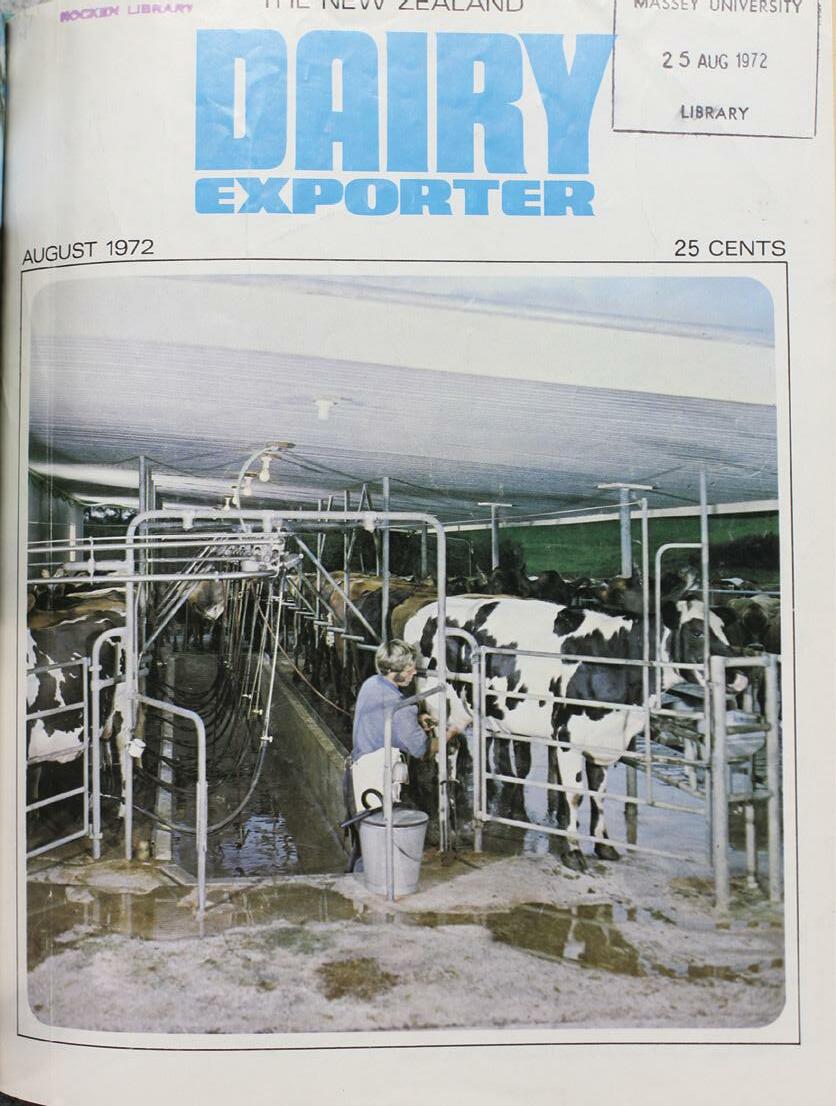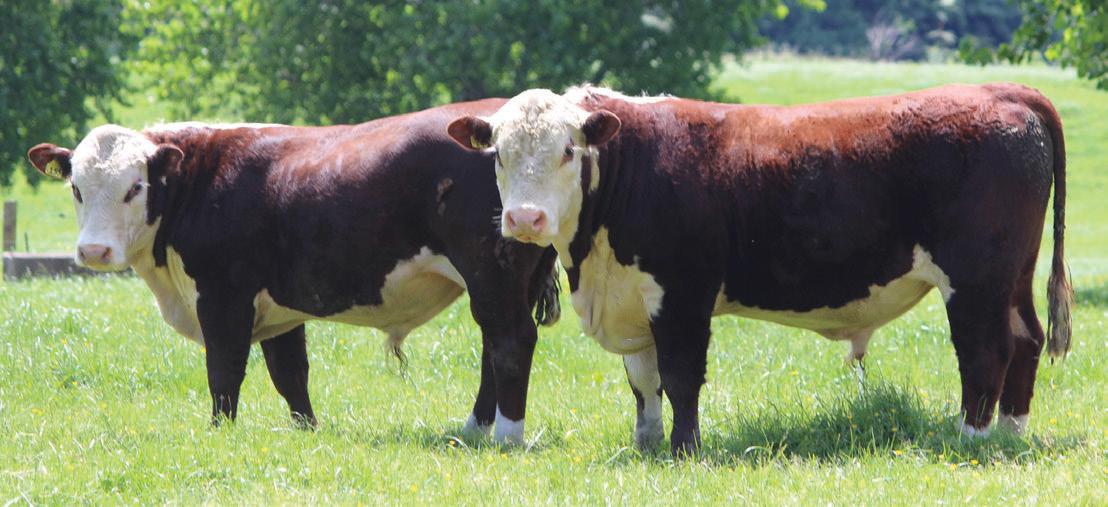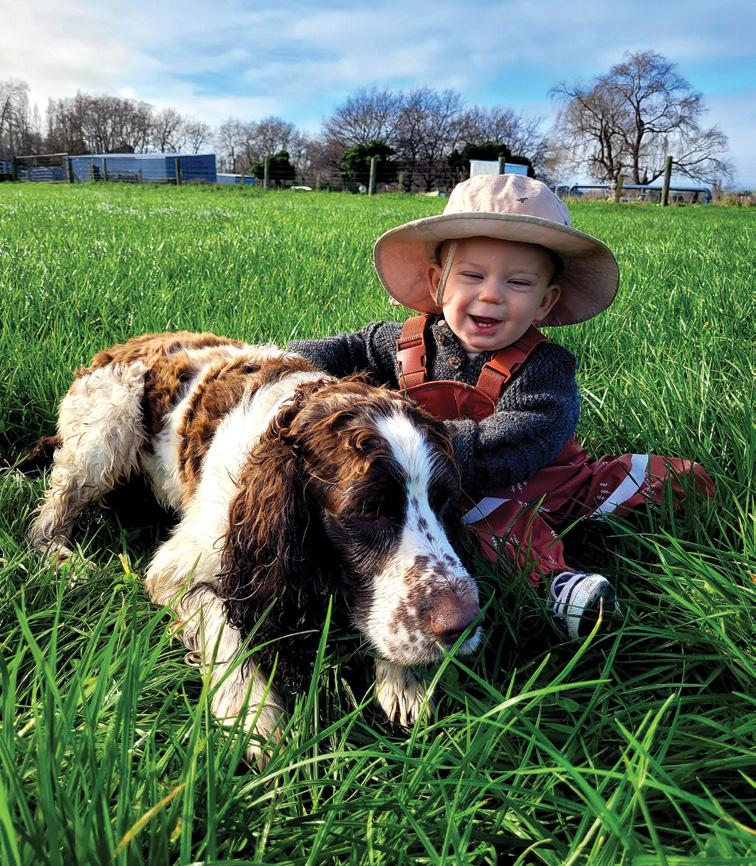STOCK DAIRY BEEF
Beefing
UP THE CALF CROP
What traits and EBVs should dairy farmers be looking for?
Words by: Dr Jason Archer
A
s a dairy farmer, why would you take the time to select beef genetics to produce calves with growth and carcase traits that someone else will benefit from? It’s a good question, but enhancing the quality of this country’s dairy beef has the potential to create greater value right along the value chain and importantly, using superior beef genetics will also reduce the number of bobby calves being processed in line with public sentiment. I agree that our systems do not always reward the breeder (dairy farmer) for breeding genetically superior dairy beef calves, but we need to make a start. Producing calves that generate greater value for the finisher will have finishers seeking out calves that they are prepared to pay a premium for. A closer connection between dairy farmers and finishers would certainly help create this value. The advent of sexed semen has created an opportunity for using quality beef sires, a trend we are seeing around the world, for example in Ireland, Europe and the United States. In the latter, I’ve been involved in creating breeding indexes to identify Angus bulls for use in their dairy systems. Many myths about using beef bulls over dairy cows have been dispelled and dairy farmers can now use the appropriate beef genetics with confidence that they will not create calving problems or longer gestation periods. 78
The calf to be born without assistance or damaging the heifer or cow Select the EBV for calving ease - direct. This incorporates birthweight and gestation length into its prediction. You don’t need to look for calving ease maternal EBV unless the female calves are being retained as beef breeding cows. The calf to be born early to increase the days in milk and when born at the end of the season, to shorten the calving span Select on gestation length, a negative EBV is better (shorter gestation). A calf that is resilient, gets up and going quickly and achieves weaning weight as quickly as possible Don’t go too low in birth weight EBV, while still maintaining calving ease. While there are no real tools to select for resilience to disease or vigour, a moderate birth weight gives the calf a head-start to achieving a weaning weight in a shorter time frame. A calf that grows well in the growing and finishing phase Look for good 400 and 600-day weight EBVs. A calf that expresses muscle well and has a good dressing-out percentage. Ultimately, a calf that yields the maximum amount of saleable meat. Look for eye muscle area EBV. This is expressed at a standard carcase weight so gives an indication of overall muscling. Dairy Exporter | www.nzfarmlife.co.nz | August 2022




























